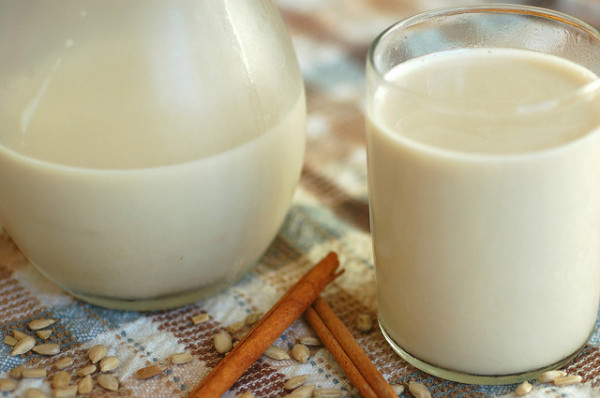On March 24, 2015, the California Department of Public Health issued a warning against the consumption of raw milk after six Northern California residents were diagnosed with campylobacteriosis, a severe form of food poisoning caused by Campylobacter.
The popularity of raw milk has been growing lately, and anyone who has had the pleasure of tasting it would agree that it is indeed a culinary experience. Many believe that milk that has not been “pasteurized” by heating is better for you. Some sources have gone as far as to claim that unpasteurized milk is easier to digest and does not affect those who are lactose intolerant. However, the FDA and the CDC have found no scientific basis to support these claims.
There is an inevitable presence of microbes in raw milk products. The anatomy of a cow works against us in the case of maintaining cleanliness. Its utters are unfortunately close to its rear end, so waste matter can often make contact with the utters. Cleansing the area before milking helps, but if even one bacterium makes its way into the milk bucket, there is contamination.
Milk is full of proteins, carbohydrates, and lipids, so it is easy to see why bacteria love milk as much as we do. The process of refrigeration slows bacterial growth, so someone with a healthy immune system can ingest a harmful bacteria or two in raw milk without feeling sick. But those with weakened or developing immune systems, such as the elderly, small children, and people with cancer or HIV/AIDS, are particularly at risk to contract serious illnesses.
Image Source: LOIC VENANCE / Staff
The CDC recognizes that cases of food borne illness from consuming raw milk are indeed rare, but less than 1% of the milk consumed in the United States is unpasteurized. Statistically, this means infections will be lower than that of pasteurized milk, simply because there are fewer people. These infections, however, are very serious in nature, often leading to hospitalization and in some cases, vital organ failure and death. The CDC therefore warns us that we’d better be safe than sorry.
If you still want to support your local farmers, that is certainly a noble choice, and there is no reason to stop. It is actually very easy to pasteurize your milk at home. There are plenty of resources online that will even give you step-by-step instructions. So please, support your local farmers! Just always make sure that the milk you consume is pasteurized either by you or the farmer that you purchased it from. It is better to have warm milk than a Campylobacter infection!
Image Source: Jacqueline










